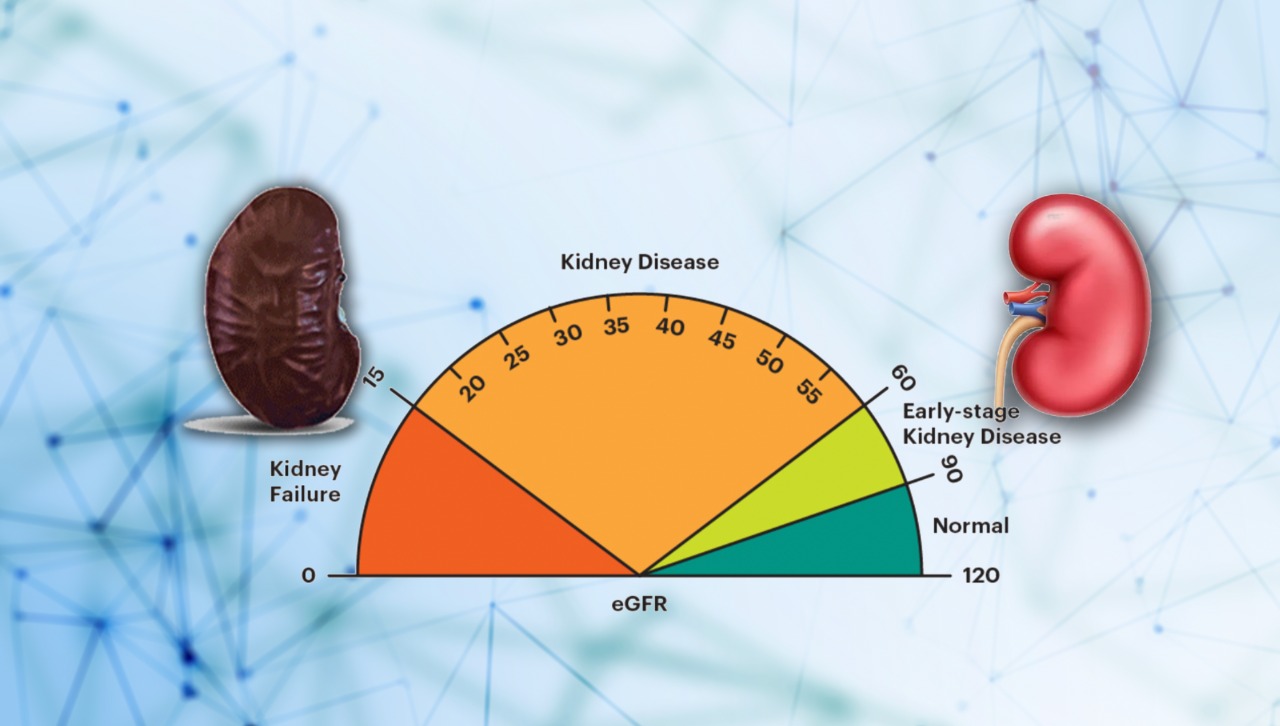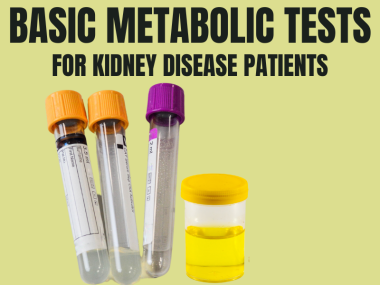Chronic Kidney disease is a widespread condition, but the knowledge of kidney function tests is not.
One in every ten persons walking on the street has chronic kidney disease, and about a million people die of kidney disease on this globe each year.
Though poor management of kidney disease plays a vital role in producing these dismal stats, particularly in developing countries, the lack of awareness about kidney disease allows patients to reach this stage in the first place.
What is Serum Creatinine?
Creatinine is a muscle breakdown product, and your muscles produce a fixed amount of this waste daily. Therefore, a fixed load of creatinine filters into the urine, providing a practical tool to measure the filtration rate of your kidney, called the glomerular filtration rate, per minute.
The creatinine level in your body depends on your muscle mass. For example, older and sicker patients, whose muscles are usually atrophied, can have lower creatinine levels. Likewise, creatinine levels are generally lower in vegetarians than meat lovers.
Regarding creatinine, there is a universal desire, expressed by almost all CKD patients—to lower blood creatinine levels, as if lowering the creatinine in their blood would somehow restore their kidney function. There is no reason to lower your creatinine levels, and all the natural or home remedies to try to lower your creatinine level can actually further damage your kidney function.
Estimated Glomerular Filtration Rate—eGFR
Most patients never come to know about their failing kidneys until late because they assume that if they develop kidney failure, they will have pain. This rarely happens.
Patients can never know that they have kidney disease until they do a blood test called Creatinine, usually indicated by Scr (Serum creatinine) in most lab reports. Using serum creatinine, a lab or a doctor measures the patient’s glomerular filtration rate—an estimated rate of filtration by kidneys per minute.
A doctor measures your eGFR by punching the serum creatinine number along with your age and gender in an equation. Small changes in Creatinine can make large swings in eGFR. Therefore, doctors often repeat creatinine levels to confirm the decline in your kidney function.
And because of this variability in lab results, the same or a lower eGFR is required over three months to diagnose CKD.
Normal eGFR by Age
| Age | eGFR |
| 20-29 | 116 |
| 30-39 | 107 |
| 40-49 | 99 |
| 50-59 | 93 |
| 60-69 | 85 |
| 70+ | 75 |
Why Do We Measure eGFR—The Five Stages of CKD
Humans like to measure, organize, and classify things to understand better. For example, serum creatinine has been used to measure kidney function since the 1920s. With time, scientists came up with better formulas for accurate and standard measurements of kidney function. Fast forward, a breakthrough came with a simpler version of an equation called MDRD which could use only three parameters—serum creatinine, age, and gender—to calculate eGFR. Afterward, laboratories across the globe started including eGFR in their reports.
We now divide kidney function into five stages based on the eGFR number, stage 1 being normal and stage 5 being the worst kidney function (also called end-stage kidney disease if the patient is on dialysis).
The Five Stages of Kidney Disease
| Stage eGFR | Kidney Function | |
| 1. Above 90 | Abnormal urine | |
| 2. 60 – 89 | Mild decrease | |
| 3. 30 – 59 | Moderately decreased | |
| 4. 15 – 29 | Severely decreased | |
| 5. Below 15 | Kidney failure |
Later on, classification for kidney function tests was improved further by adding urine protein levels in the staging of kidney disease. The next blog will expand on proteinuria and its role in CKD classification.
Creatinine Clearance—Never Heard of It!
Creatinine clearance has been the traditional method to measure kidney function, an alternative kidney function test for eGFR.
Since the equations for eGFR come from research studies that use patients who are not elderly, very sick, or on a low-protein diet, kidney function derived from these equations may not be accurate when applied to the general population.
For these patients, eGFR is better measured by creatinine clearance. To get creatinine clearance, however, a twenty-four-hour urine sample is required, and total creatinine in this sample is measured. Next, creatinine is measured in the blood. Finally, the laboratory calculates the creatinine clearance by dividing the amount of creatinine in the twenty-four-hour urine by the creatinine in the blood.
Collecting twenty-four-hour urine is quite cumbersome, making creatinine clearance a less preferred option by most nephrologists.







